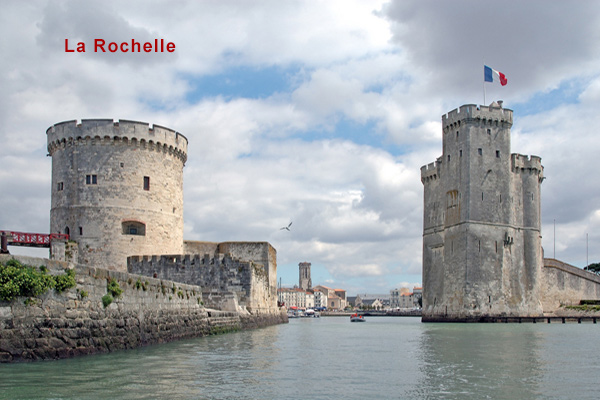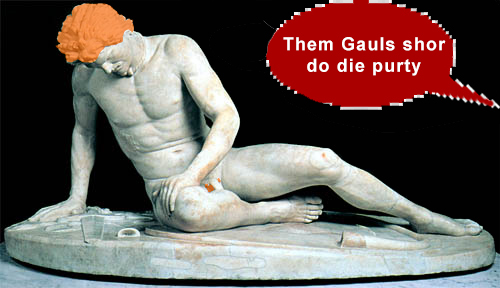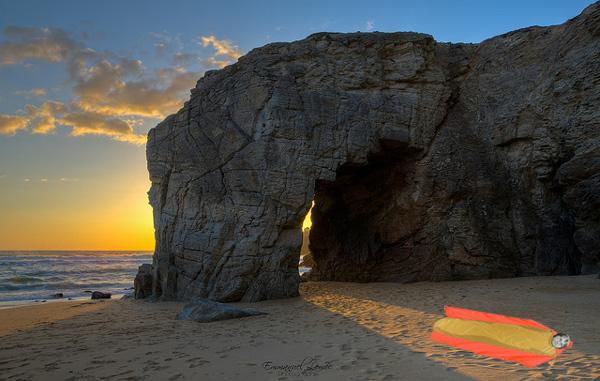From La Rochelle, I headed up the Atlantic coast of Brittany, or as the French call it, Bretagne; or as those from the six Celtic nations call it, Breizh. Celts preferred fighting naked in hopes of scaring the Romans with their red pubic hair. But the Romans did not scare so easily. Julius Caesar divided the Celts into three parts and called them Gauls before he pushed them back to Brittany, Cornwall, Wales, Isle of Mann, Ireland, and Scotland. Today, we all have a bit of the Celt running through our jeans, or kilts, unless we attend a line dance, a gun show, or a bar fight and end up naked. Thus the nickname attributed to our type — redneck — short for redhead and nekked. The etymology may not be perfect, but it's a good story.
I was not so much interested in the history of all those castles and chateaux
as I was in where Paul Gaugin painted along the coastline.
The Pont-Aven School of Art was one of those artsy spots made famous by French artists like Émile Bernard.
In the late 1880's, Paul Gauguin, the most famous of all the artists who painted here, honed his style in these pastures among the cows
before he moved to Tahiti to live among the native girls.
Pont-Aven artists were impressed muchly by
Japanese woodcuts 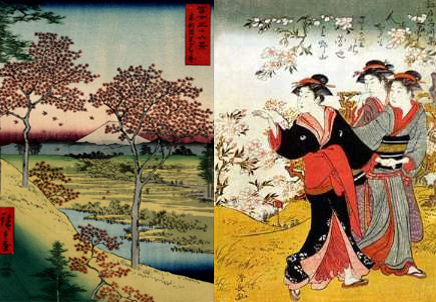 with their large patches of unmodulated color.
Whereas the Impressionists
with their large patches of unmodulated color.
Whereas the Impressionists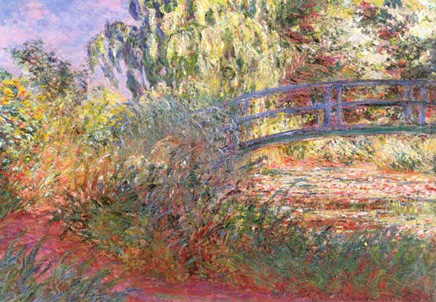 were known for changing colors with each dab, Gauguin laid out large areas with solid flat colors.
His most distinctive paintings always had an eye-catching red area, perhaps inspired by the redheaded milkmaids wandering around.
were known for changing colors with each dab, Gauguin laid out large areas with solid flat colors.
His most distinctive paintings always had an eye-catching red area, perhaps inspired by the redheaded milkmaids wandering around.
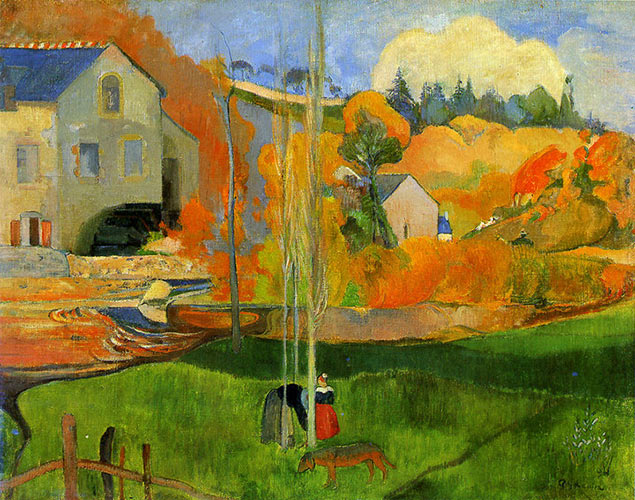  |
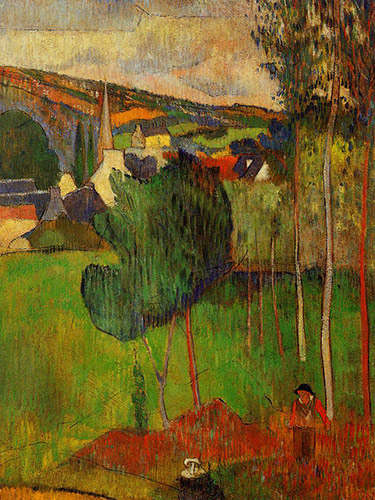  |
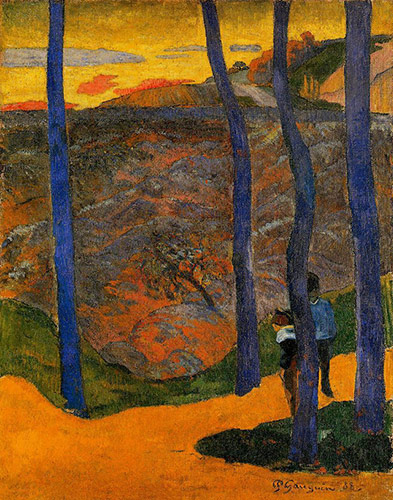  |
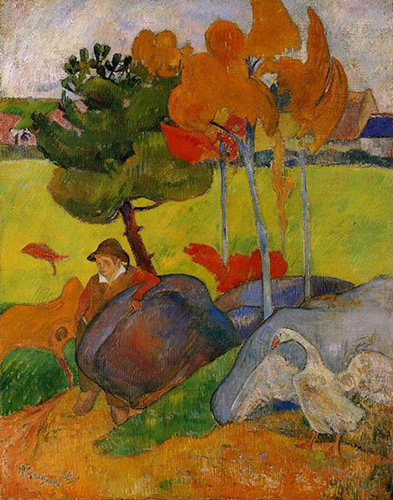  |
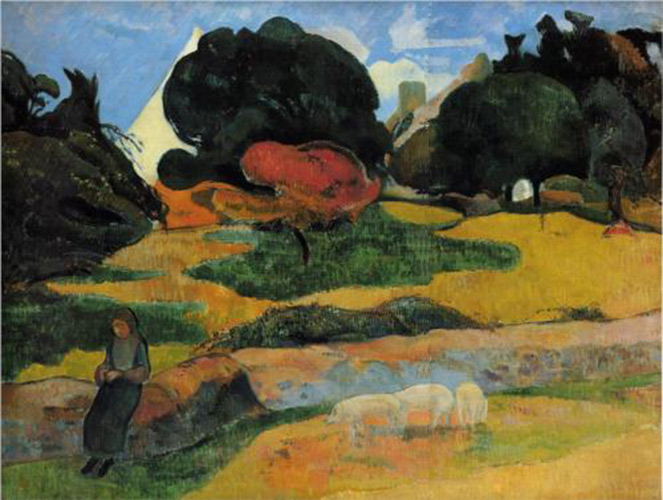  |
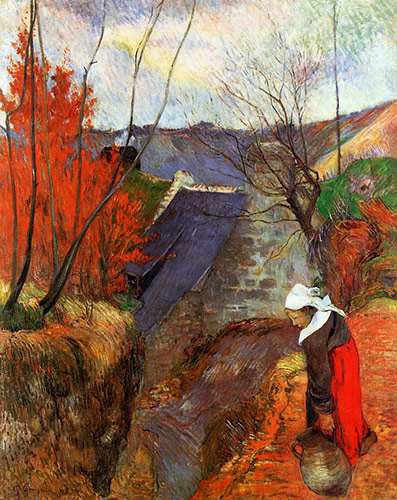  |
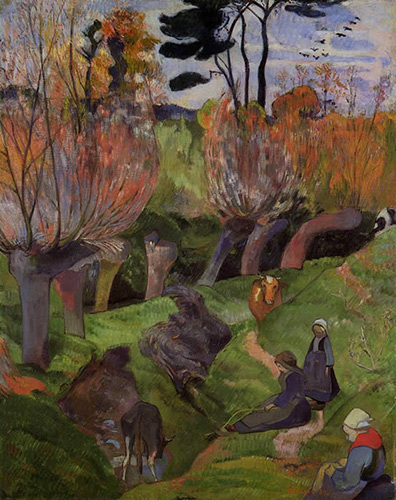  |
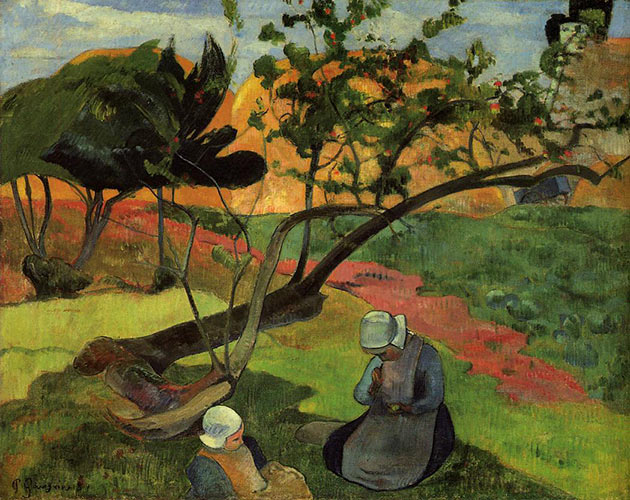  |
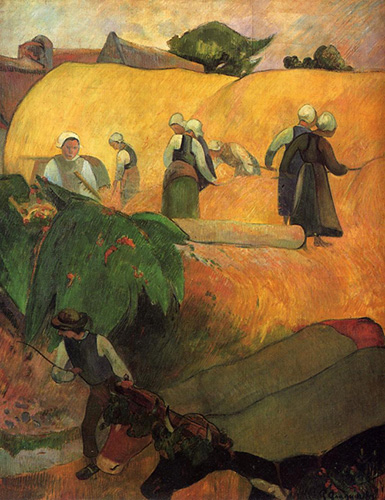  |
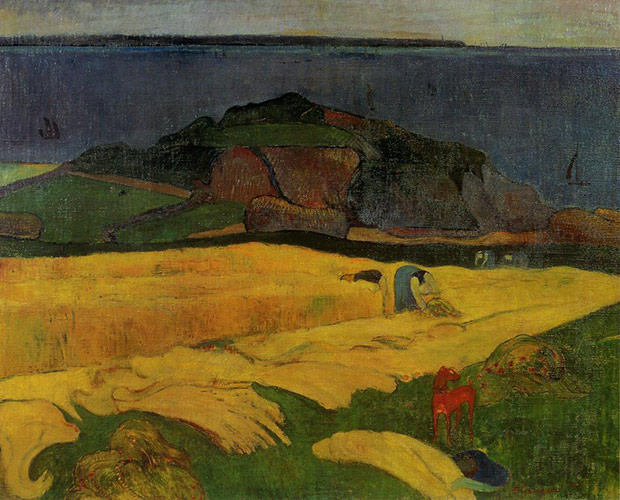  |
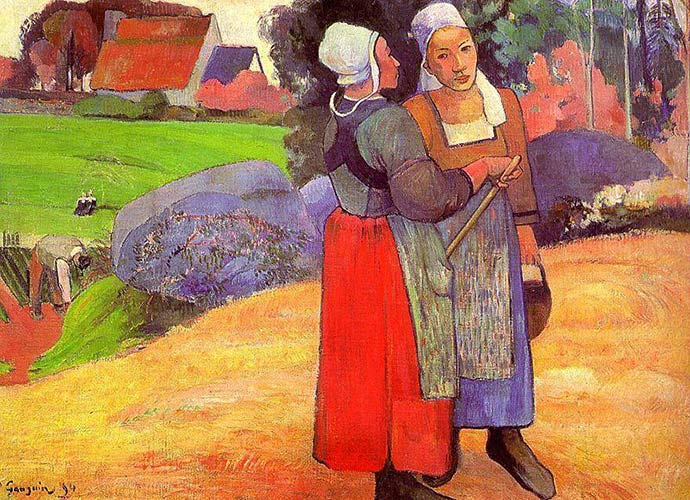  |
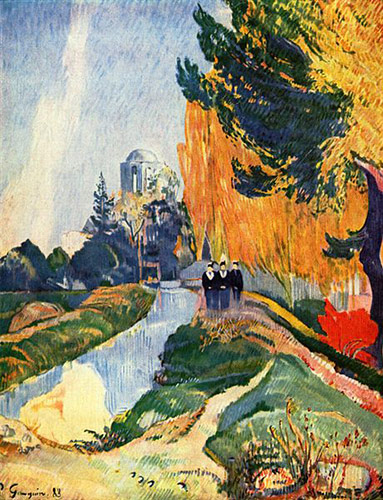  |
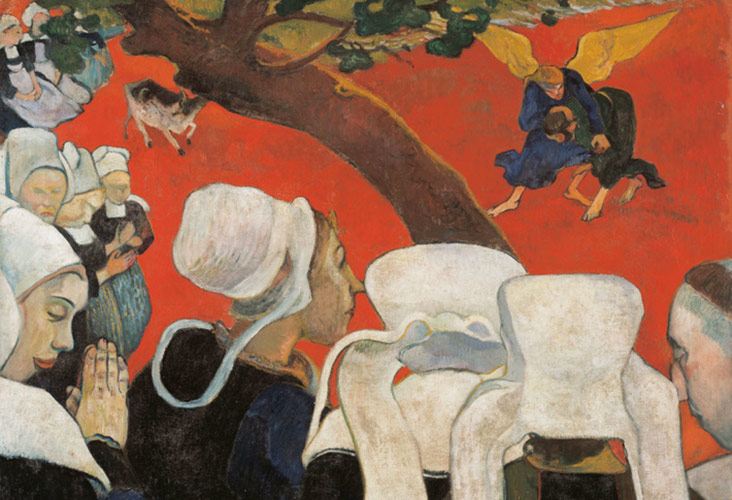  |
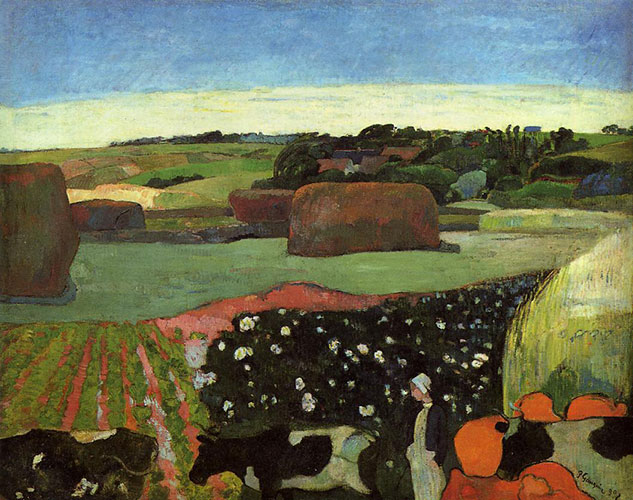  |
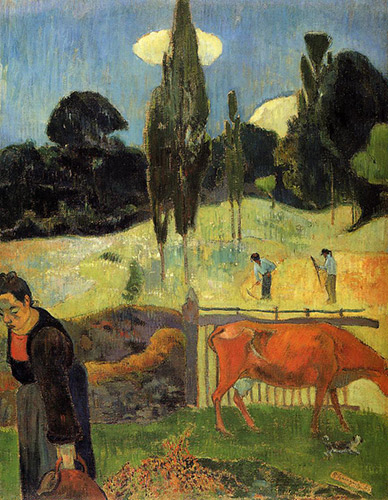  |
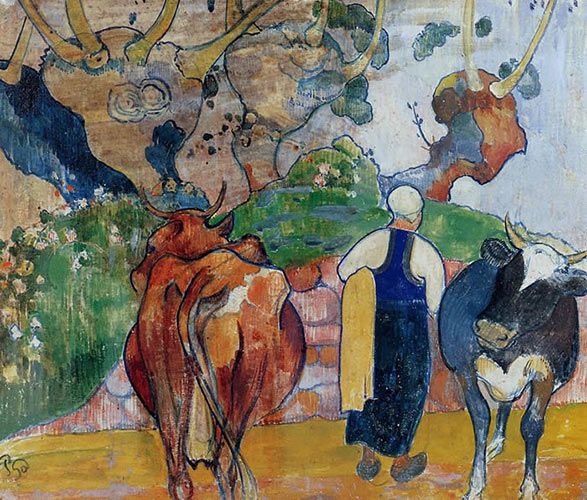  |
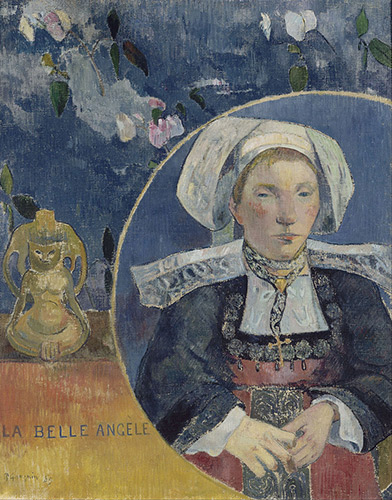  |
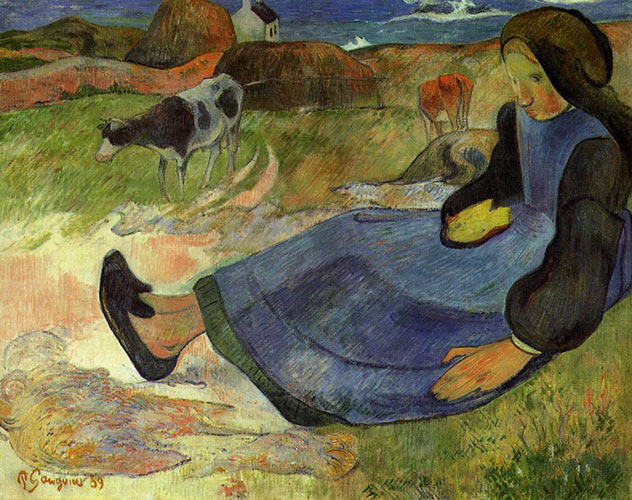  |
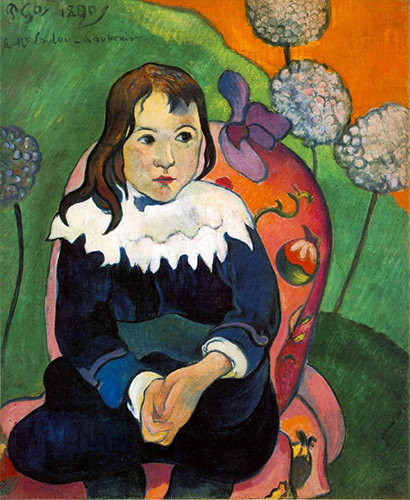  |
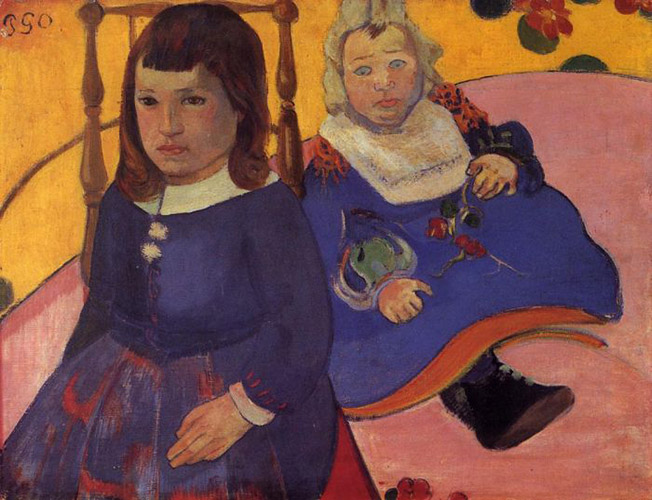  |
  |
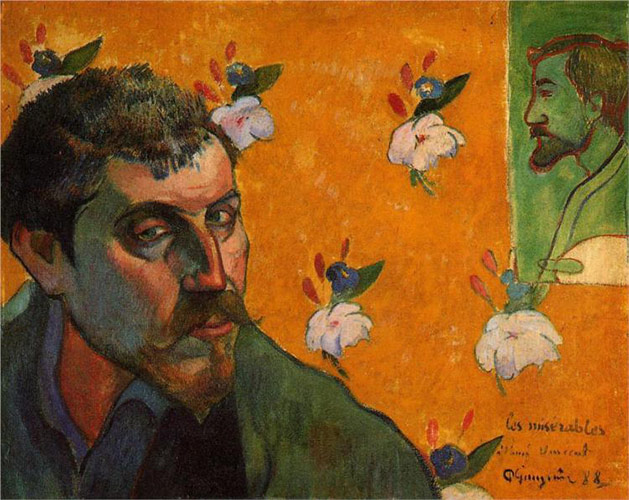  |
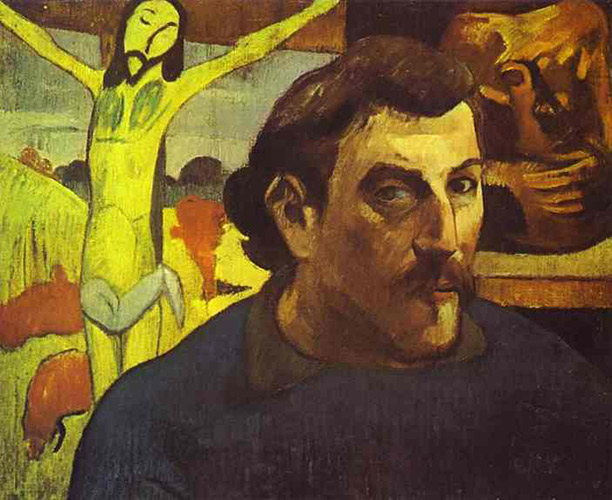  |
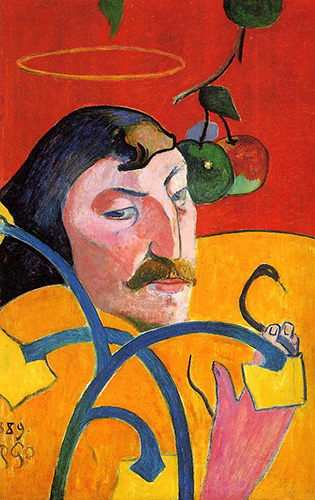  |
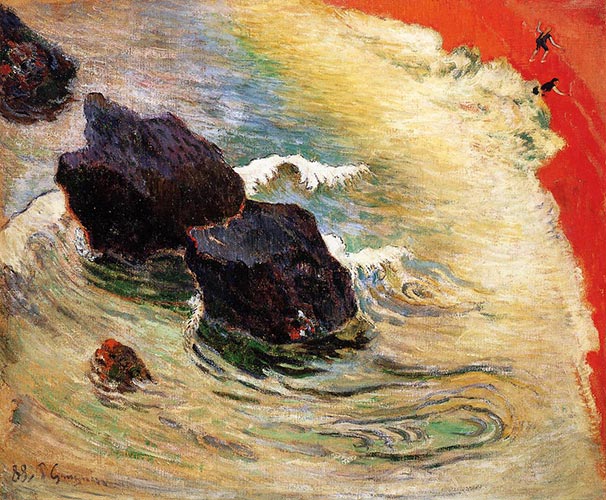  |
After lounging around the coastline all day,
I made my way by bus or thumb to
Saint-Pierre-Quiberon,
a pleasant peninsula jutting off into the sea.
